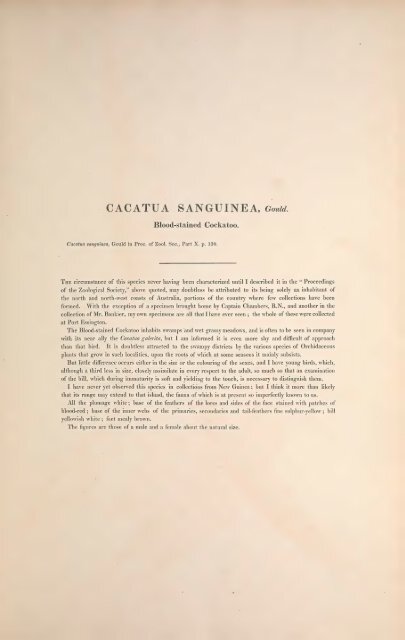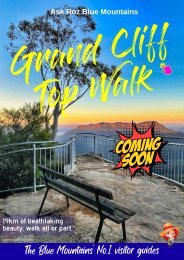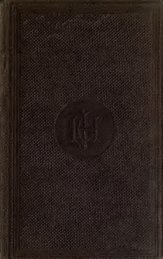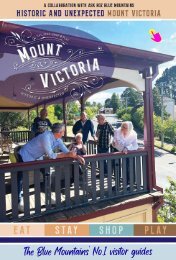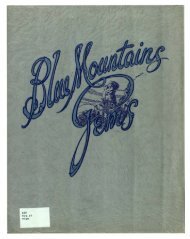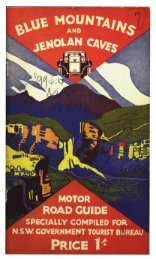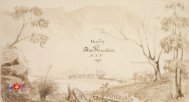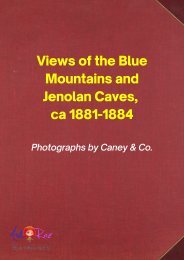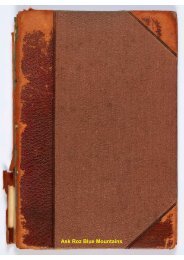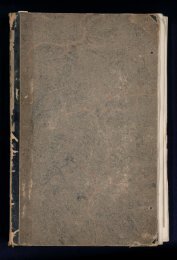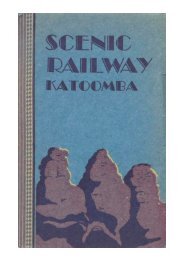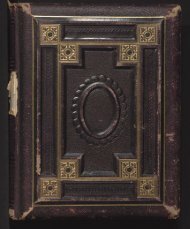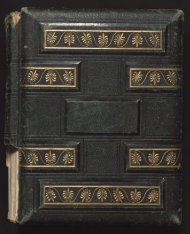John Gould Birds of Australia Volume 5
The Birds of Australia was a book written by John Gould and published in seven volumes between 1840 and 1848, with a supplement published between 1851 and 1869. It was the first comprehensive survey of the birds of Australia and included descriptions of 681 species, 328 of which were new to Western science and were first described by Gould. NOTE: This is shared in its entirety so there are many blank "protective" pages.
The Birds of Australia was a book written by John Gould and published in seven volumes between 1840 and 1848, with a supplement published between 1851 and 1869. It was the first comprehensive survey of the birds of Australia and included descriptions of 681 species, 328 of which were new to Western science and were first described by Gould.
NOTE: This is shared in its entirety so there are many blank "protective" pages.
Create successful ePaper yourself
Turn your PDF publications into a flip-book with our unique Google optimized e-Paper software.
CACATUA SANGUINEA, Gow.<br />
Blood-stained Cockatoo.<br />
Cacatua sanguinea, <strong>Gould</strong> in Proc. <strong>of</strong> Zool. Soc., Part X. p. 138.<br />
Tue circumstance <strong>of</strong> this species never having been characterized until I described it im the “ Proceedings<br />
<strong>of</strong> the Zoological Society,” above quoted, may doubtless be attributed to its being solely an inhabitant <strong>of</strong><br />
the north and north-west coasts <strong>of</strong> <strong>Australia</strong>, portions <strong>of</strong> the country where few collections have been<br />
formed. With the exception <strong>of</strong> a specimen brought home by Captain Chambers, R.N., and another in the<br />
collection <strong>of</strong> Mr. Bankier, my own specimens are all that I have ever seen ; the whole <strong>of</strong> these were collected<br />
at Port Essington.<br />
The Blood-stained Cockatoo inhabits swamps and wet grassy meadows, and is <strong>of</strong>ten to be seen in company<br />
with its near ally the Cacatua galerita, but I am informed it is even more shy and difficult <strong>of</strong> approach<br />
than that bird. It is doubtless attracted to the swampy districts by the various species <strong>of</strong> Orchidaceous<br />
plants that grow in such localities, upon the roots <strong>of</strong> which at some seasons it mainly subsists.<br />
But little difference occurs either in the size or the colourmg <strong>of</strong> the sexes, and I have young birds, which,<br />
although a third less in size, closely assimilate in every respect to the adult, so much so that an examination<br />
<strong>of</strong> the bill, which durmg immaturity is s<strong>of</strong>t and yielding to the touch, is necessary to distinguish them.<br />
I have never yet observed this species in collections from New Guinea; but I think it more than likely<br />
that its range may extend to that island, the fauna <strong>of</strong> which is at present so imperfectly known to us.<br />
All the plumage white; base <strong>of</strong> the feathers <strong>of</strong> the lores and sides <strong>of</strong> the face stained with patches <strong>of</strong><br />
blood-red ; base <strong>of</strong> the inner webs <strong>of</strong> the primaries, secondaries and tail-feathers fine sulphur-yellow ; bill<br />
yellowish white ; feet mealy brown.<br />
The figures are those <strong>of</strong> a male and a female about the natural size.


